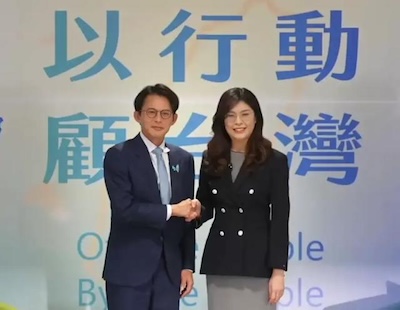Air pollution in southern Taiwan, especially in cities such as Kaohsiung, Tainan, and Pingtung, is largely driven by heavy industry, fossil-fuel power generation, dense port activity, and unfavorable weather patterns. Solving this problem requires a combination of structural energy change, industrial reform, transportation upgrades, and regional cooperation. Several practical and scalable solutions are already available and can significantly improve air quality if fully implemented.
The first priority is energy transition. Coal-fired power plants and oil-based industrial boilers are major sources of fine particulate matter (PM2.5), sulfur oxides, and nitrogen oxides. Replacing coal with natural gas in the short term, and accelerating the deployment of large-scale solar and offshore wind in the south, can drastically reduce emissions. Kaohsiung and Tainan have strong solar potential that remains underutilized.
Industrial emission control must be strengthened. Southern Taiwan hosts large steel and petrochemical complexes that require stricter real-time monitoring and enforcement. Installing high-efficiency scrubbers, continuous emission monitoring systems (CEMS), and heavier penalties for violations can directly cut toxic outputs. Industry relocation or capacity reduction in highly polluted coastal zones should also be considered in high-risk areas.
Transportation reform is another key solution. Diesel trucks, scooters, and port vehicles contribute heavily to nitrogen oxides and secondary particulates. Electrifying public buses, port machinery, and urban logistics vehicles can quickly reduce roadside pollution. Expanding low-emission zones and restricting older diesel vehicles during high-pollution periods would further protect urban populations.
Dust and open-source pollution require different tools. Riverbeds and construction sites in Yunlin, Chiayi, and coastal industrial zones often generate airborne dust during the northeast monsoon season. Hardening exposed soil, increasing green buffer zones, and improving construction dust control standards can significantly reduce seasonal spikes in pollution. Urban tree planting and green walls also help trap particulates at street level.
Cross-border pollution must be addressed through regional monitoring and diplomacy. A portion of southern Taiwan’s winter pollution arrives via long-range transport from industrial regions in East Asia. Expanding atmospheric monitoring, sharing data internationally, and participating in regional emission-reduction agreements are necessary for long-term control that extends beyond Taiwan’s borders.
Public awareness and behavioral change complete the solution. Real-time air quality alerts, stronger school and workplace protection policies, and public education can reduce health risks while building political support for stricter regulation.
In conclusion, southern Taiwan can significantly reduce air pollution through cleaner energy, stricter industrial controls, transportation electrification, dust management, and international cooperation. The technology already exists; the main requirement is consistent policy execution and long-term commitment.
Author : 寧為渣



